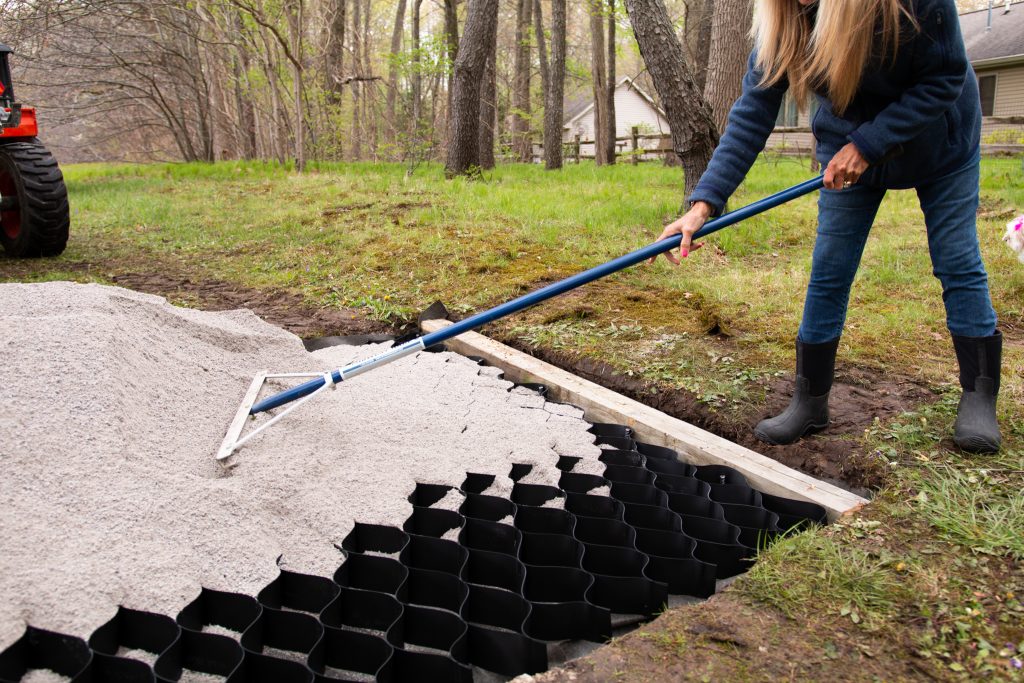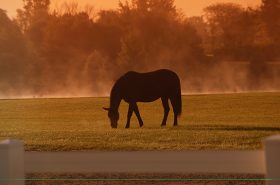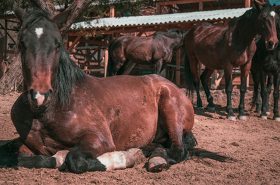Good hooves: horses are either born with them or without them, right?
Not necessarily! While genetics can definitely impact hoof shape and quality, other factors—and many which are in our control—may actually be of more importance.
Here are five ways you can help in the hoof health department:
1. With Nutrition
Nutrition is important for the whole horse, of course, but a deficiency in certain nutrients will almost always show up in the hooves. If your horse’s hooves aren’t looking as good as they should, take a look at the protein content of his diet, especially the amino acids lysine and methionine, which are important for growing strong, healthy hooves. Offering a variety of protein sources (such as alfalfa and soybean meal) can also be helpful.
Two other important nutrients for hoof health are biotin and zinc, so consider finding a supplement that contains adequate levels of both.
2. Routine Trimming Cycle
While it may not seem like a big deal to stretch your horse’s trimming or shoeing cycle out just a few weeks longer, overgrown hooves can contribute to cracks and chips as added pressure is put on the hoof wall. While there is no one-size-fits-all trim cycle for every horse, most barefoot horses do best when trimmed at least every four weeks, and most shod horses need to be trimmed and re-shod every four to six weeks.

3. Provide Dry Ground
Generally speaking, hooves stay healthier when they aren’t consistently exposed to moisture. Depending on where you live, this may be easier said than done, but always provide higher and drier ground for when conditions are especially wet. This can be done by adding gravel or sand to a paddock or by simply having dry bedding in a stall. There are also a variety of mud management products you can install around the barn to reduce mud and standing water.
4. Apply Hoof Dressing
A common misconception is that you can apply certain products to “moisturize” your horse’s hooves. Unfortunately, this isn’t true because hoof moisture can only come from a healthy blood supply within the hoof. However, you can use a hoof dressing to temporarily protect the hoof and reduce moisture loss, which often happens during wet/dry cycles or from standing in urine or feces soaked bedding.
5. Exercise
Last but certainly not least: exercise is so important for hoof health! In fact, the more your horse moves (so long as it’s not extreme), the healthier his feet will be in most cases. Movement increases blood flow and, simply put, good blood flow creates better feet.
If you’d like to share about a related hoof health experience with your horse, feel free to do so in the comments!
Love this post? Check out Becoming Your Horse’s Hoof Care Provider



